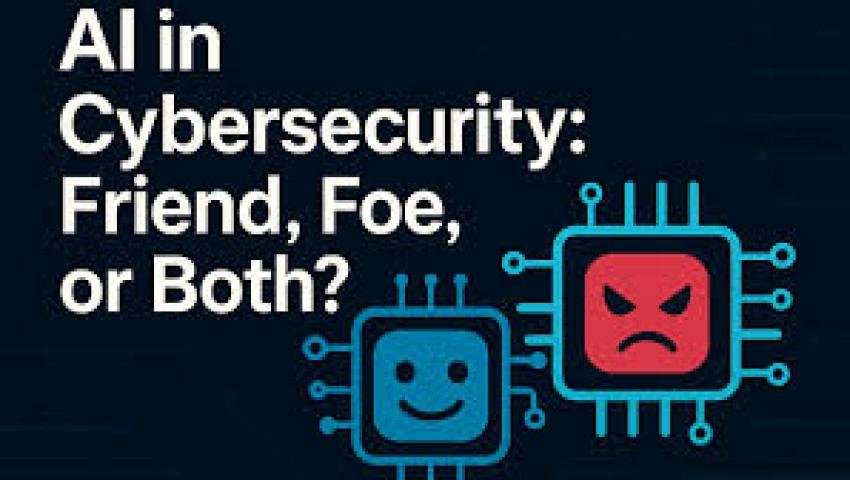The intersection of hacking software and artificial intelligence (AI) is one of the most consequential debates in modern cybersecurity. At its best, AI-powered tools accelerate defense: they sift through mountains of telemetry to surface real threats, automate repetitive tasks, and help security teams prioritize responses. At its worst, those same capabilities supercharge attackers—automating reconnaissance, crafting highly believable social-engineering lures, and making malware more adaptive and evasive. So: friend or foe? The honest answer is both.
On the “friend” side, AI and advanced tooling have changed the defensive game. Machine learning models excel at anomaly detection, spotting subtle deviations in user behavior, network flows, or application usage that human eyes would miss. AI-driven automation reduces mean time to detection and response by correlating indicators across systems, generating prioritized alerts, and even triggering containment actions. Security orchestration, automation and response (SOAR) platforms, threat-hunting assistants, and AI-enhanced endpoint detection provide scale and consistency defenders desperately need. In vulnerability management, AI helps triage findings, estimate exploitability, and recommend practical fixes—helping teams allocate scarce resources more effectively.
However, the “foe” side is real and increasingly worrying. Cybercriminals now use AI to amplify traditional techniques: automated scanners map targets faster, generative models produce convincing phishing emails tailored to individual victims, and deepfake technology enables voice- or video-based scams that bypass human skepticism. Attackers can also employ adversarial machine learning to poison training data or craft inputs that evade detection models. The result is an arms race where automation and intelligence benefit both offense and defense, and small, well-equipped groups gain capabilities once reserved for nation-states.
There are ethical and strategic implications, too. The dual-use nature of hacking tools and AI creates a gray zone for researchers and vendors: publishing exploit techniques can accelerate defensive fixes but also arm bad actors. Responsible disclosure, clear rules of engagement for red teams, and legal frameworks that distinguish legitimate security research from criminal activity are essential to reduce harm.
So how should organizations navigate this landscape? First, assume attackers will use AI—design defenses that emphasize resilience: multi-layered controls, strong identity protections, segmentation, and robust backup/restore capabilities. Invest in AI responsibly: prefer explainable models, continuous validation, and human-in-the-loop workflows to catch model drift and adversarial manipulation. Train people aggressively—social engineering remains the easiest exploit—and implement detection strategies that look for anomalous intent and behavior rather than simple signatures. Finally, collaborate: threat intelligence sharing, industry playbooks, and public-private partnerships reduce the advantage AI gives to attackers by increasing collective visibility.
In short, hacking software and AI are neither pure friend nor absolute foe. They are powerful tools whose impact depends on who wields them, how they are governed, and how prepared defenders are to respond. The pragmatic stance is to harness AI’s benefits while hardening systems, policies, and human processes against the sophisticated, automated threats it enables.


